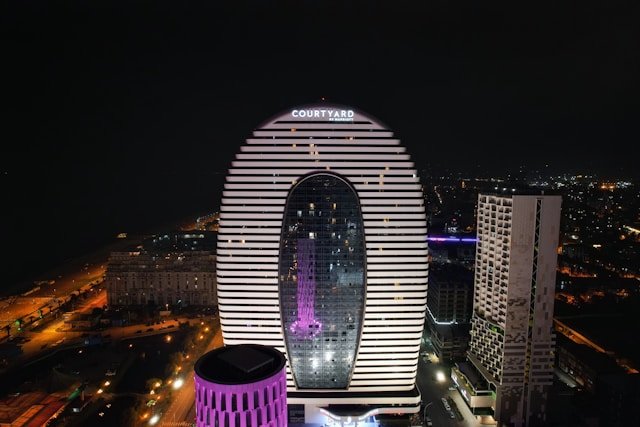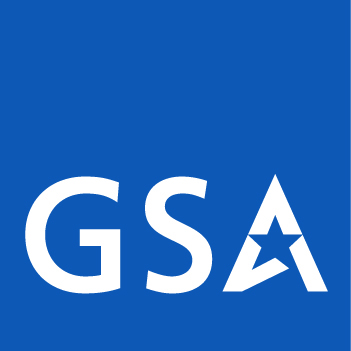Knowledge
"Understanding is the key to true knowledge."
Today, rainfall and drought patterns are changing, becoming more extreme, and lasting longer.
While the causes and durations of these weather events are still unclear, we know that they can have profound consequences for people, businesses, and industries worldwide.
According to Klaus Reichardt, CEO and Founder of Waterless Co., Inc., "to better understand how these weather events are impacting weather and especially water, the first thing we must do is understand the terms used to explain these events."
Among the terms Reichardt suggests we understand are the following:
Dendrochronology (den·dro·chro·nol·o·gy): Dendrochronology is the study of tree rings. They help us determine the age of trees but also reveal when there were droughts and megadroughts in the area. This helps us uncover historic weather patterns.
Megadroughts: The terms drought and megadrought are often confused. A drought can be severe, but that does not make it a megadrought. The key difference is longevity. Droughts typically last one to five years; megadroughts can last decades, even centuries.
Aridification: This is a process in which an area slowly gets warmer and drier, indicating a complete shift in weather patterns. As it applies to water, the area may still have normal rainfall – occasionally - but it is steadily getting drier with little chance of returning to its previous climate condition.
El Niño: This occurs when the Pacific Ocean becomes cooler than usual, which causes jet streams to shift southward. This shift results in cooler and wetter weather conditions, particularly in the western part of the U.S.
La Nina: This is the opposite of El Nino. It causes warmer and drier jet streams northward, which can increase the risk of wildfires. La Nina also creates favorable conditions for hurricanes because it changes wind speed and direction over the ocean. La Nina often follows El Nino.
Water conservation vs. Efficiency: Water conservation refers to short-term measures to reduce water consumption. Water efficiency is a long-term reduction in water consumption, often achieved by replacing traditional restroom fixtures with those that use less water or no water at all.
Adds Reichardt, "Someone once said, ‘Understanding is the key to true knowledge.’ Understanding these terms will help us recognize how our world may be changing.”
About Waterless
Waterless Co., Inc. Introduced waterless urinals to North America in 1991. Based in Vista, CA, the company has become a leader in water efficiency. The company offers a full line of Waterless No-Flush urinals, cleaning solutions, and other cost-saving accessories. Visit: www.waterless.com






















